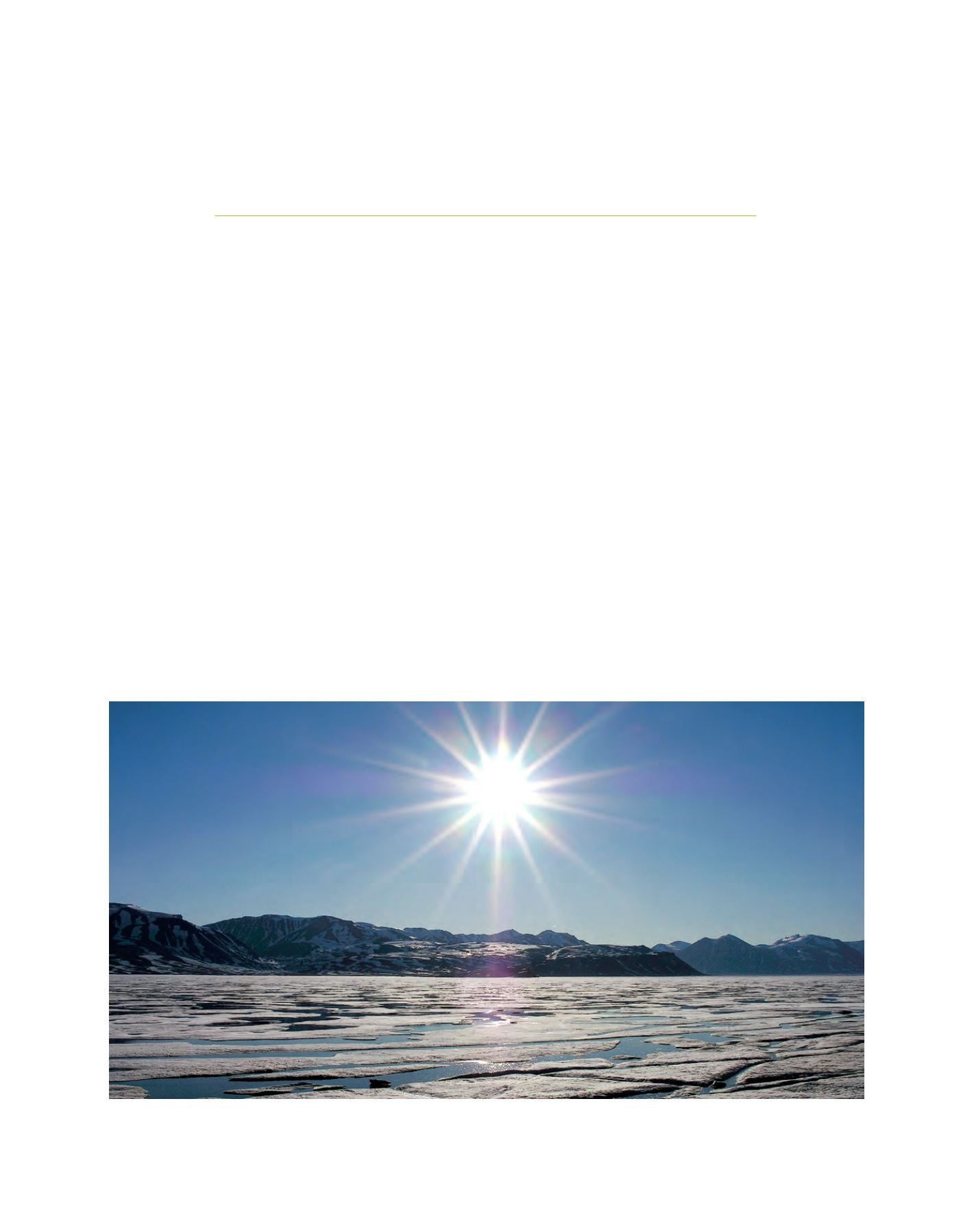

[
] 246
Danish perspectives on climate
change and adaptation strategies
Connie Hedegaard, Minister for Climate and Energy, Denmark
T
hroughout history mankind has had to adapt to the
prevailing conditions of planet Earth – adjusting his
whole way of life according to local climate variability
and other related events. But never before has mankind faced
such extenuating pressures and threats to its very existence.
The increasing concentration of greenhouse gases in the atmos-
phere is causing unprecedented changes to the balance of our
climate system and forcing us to adapt to conditions of which
we have no previous experience. Furthermore, the global popu-
lation continues to rise and is expected to reach 9 billion by
2050. This generates an increasing need for fresh and adequate
food and water, new infrastructure and sustainable develop-
ment – all while addressing climate change. This challenge is
nothing short of what Al Gore has repeatedly referred to as: ‘a
planetary emergency’.
Changes in temperature, precipitation patterns, sea ice extent, sea-
level rise and the frequency of extreme weather events have already
been observed, with more expected to come. It is predicted that in
the coming decades billions of people will experience
water shortages, decreases in crop yield and food supply,
increased drought and flooding, inundation of coastal
areas and health risks to which they are not accustomed.
All these things combine to threaten the very lives and
livelihoods of the world’s people. This is particularly
true for those in developing countries, especially least
developed countries and small island developing states
(SIDS), which are extremely vulnerable and less able to
adapt to climate change. The effects of climate change
facing the world’s poor people and vulnerable groups
will worsen their already precarious living conditions
and potentially reverse the progress of sustainable devel-
opment. The lack of financial, social and technological
resources available to the world’s most vulnerable makes
them less resilient. As such, we have a moral impera-
tive and the opportunity – in connection with the 15th
United Nations Conference of the Parties (COP15) – to
improve this situation.
A
daptation
and
M
itigation
S
trategies
Image: Henning Thing
The Arctic sea ice extent in 2007 was 38% below average, resulting in an ice-free opening through the Northwest Passage that lasted several weeks.
This anomaly caught the attention of the world, including the scientific community
















